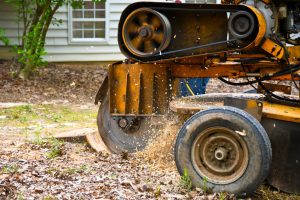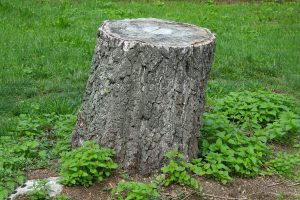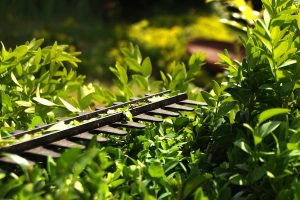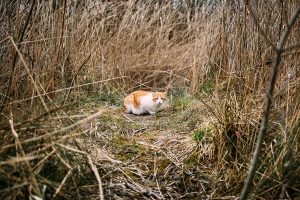Tree pruning is carried out for a variety of reasons. These can be aesthetic or practical. Pruning can be undertaken to alter the appearance, size or structure of a tree. In locations where space is limited, tree management through pruning can ensure the long-term healthy growth of trees in harmony with their surrounding environment.
The categories of tree pruning are as follows:
Crown thinning and cleaning:
Thinning is the selective removal of a pre-determined percentage of growth from within the crown of the tree.
This allows improved airflow throughout the canopy, reducing wind resistance. This is beneficial to the health the tree. It also reduces the risk of structural failure in high winds.
This procedure also improves light penetration through the canopy. Again, this benefits the tree but also lets light back into gardens and houses; great for struggling flowers and vegetables.
Crown reduction and re-shaping:
The spread of a tree can overshadow gardens and encroach upon buildings and utilities. Individual branches or the entire crown can be reduced back to carefully selected pruning points.
In properties where the size of a tree is an issue, reducing the crown can provide a viable alternative to removal. Crown or branch reduction can also resolve issues such as a tree’s interference with cables and lights
.
This form of pruning can significantly reduce the weight of the canopy and thus can be used to reduce the chance of a tree failing in adverse weather such as high winds.
Crown Lifting:
Should low hanging branches be an obstacle or creating unwanted shadow, this can be addressed through this form of selective pruning.
Where the lower growth of a tree is causing issues – blocking light from lawns, flower or vegetable beds, obstructing access, interfering with fences or other structures – said growth can be pruned back in order to lift the crown, creating more space and reducing shadow beneath the tree.
Tree Pruning – Pollarding:
This is a traditional form of pruning practised since Medieval times.
It can be used to significantly reduce the size of a tree. It provides a viable alternative to tree removal.
Once a tree has been pollarded, the procedure should be repeated every three to five years depending upon the tree species.
This is because future growth will be vigorous and less structurally sound and as such should be removed for sake of the health of the tree and for the safety of the surrounding environment.




